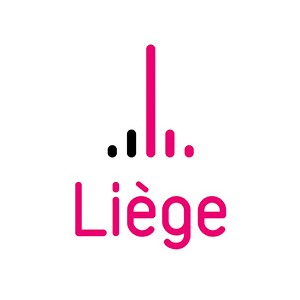Jean-Paul Laixhay's painting, a melting pot of emotions
Jean-Paul Laixhay's painting, a melting pot of emotions
Cork oak, oil on canvas, 97 x 97 cm, 2007
Gift to the Musée des Beaux-Arts de la Ville de Liège in 2009
Inventory number: BA.AMC.05b.2009.001478
Photo Musée des Beaux-Arts/Ville de Liège
The work entitled Cork Oak entered the collections of the Musée des Beaux-Arts de Liège in 2009. Its author, the painter Jean-Paul Laixhay (Liège, 1952), wished to donate this work in particular following the very fine and important monographic exhibition that the museum had devoted to him the previous year. On that occasion, recent paintings and charcoals had occupied the entire space of Mamac, which became La Boverie in 2016: in total, an ensemble bursting with vitality and colour in an exceptional setting.
The years 2007-2008 correspond to a period of great artistic production. The oil paintings multiply, mostly landscapes which are and will remain the artist's favourite theme: sometimes a darker series, in grey or black, the blurred series of Shadows, an imposing and very deep Bleu de toi; sometimes free and nervous evocations of ponds, glades, undergrowth. At other times, promising spring greens, ochre yellows of fields, impressions of icy winters, which the painter sums up with these words: "painting spread out, crucible of my emotions".
Afterwards, there are even freer works, made of small juxtaposed or superimposed touches, vibrant and contrasting: a superb dialogue between La Meuse (2011) and La Loire (2012) exhibited at the Curtius Museum in 2013, very gestural series including Printemps sur jardin, material paintings translating impressions such as Aube, Brume, coloured, blue, red atmospheres, generous bouquets of peonies, azaleas, winter roses, fleeting memories of trips to Galicia, France, the Ardennes, our home... In his studio, a place of work and life, the painter assiduously frequents the masters he admires and who nourish him, all virtuosos of colour: Matisse, Vuillard, Bonnard are never far away, not forgetting Kirkeby, Diebenkorn, Twombly...
Chêne-liège, named after the precious species of tree exploited for its bark which provides cork, occupies a rather special place in this exhibition. With its square format, symbolising balance, and of medium size compared to certain larger, more recent formats, the canvas is also distinguished by an unusual chromatic range, far removed from the characteristic fresh tones: here a very deep black on a golden ochre background shaded with bluish grey. In terms of form, too, there are no small, scattered touches, but a clear, rectangular, vertical shape, representing the massive trunk with cracked bark, from which dance volutes perhaps evoking the evergreen foliage. Chêne-liège is a solidly constructed work, a sober work, between figuration and abstraction, guided by the translation of emotions.
The artist may have chosen to offer this work because of its singularity or perhaps because of the double meaning of the title, the name of the tree being also the name of his native town.
Régine Rémon
Honorary Curator of the Musée des Beaux-Arts de Liège
Text extracted from the monograph devoted to Jean-Paul Laixhay, published by Altura, as part of the exhibition Chemin faisant, 2 October - 6 November 2022, Oyou Cultural Centre in Marchin.



